S5 | 416: Digital displays and their impact on health and sustainability, with Tim O'Malley, E Ink
About the Episode
Digital interfaces, displays, signage, and more are a fixture of our lives, and they aren’t going anywhere. In fact, as digital displays get more flexible and sustainable, they will continue to grow in usage, but at what impact to our health, energy usage, and overall sustainability? Today we’re going to talk about creating sustainable, long-term digital displays that improve the lives of consumers and businesses.
To help me discuss this topic, I’d like to welcome Timothy O'Malley, AVP US RBU at E Ink Corporation, which you might not have heard of before, but if you’ve ever used an Amazon Kindle, seen digital retail display signage, healthcare signage, or even the recent color-changing BMW at CES earlier this year, you’ve probably seen their work.
About Timothy O'Malley
As AVP for the US Regional Business Unit, Timothy O'Malley leads E Ink’s Sales, Marketing, Applications Engineering and Business Development efforts in the US. O’Malley joined E Ink Corporation in 2000 and has held a variety of leadership positions prior to his current role, including leading Product Development and heading the Company's Innovation Initiative and Digital Microfluidics exploration. Some of his past highlights at E Ink include: bringing the supply chain to Asia, securing the first 10M unit design win (Phone), and launching the US eReader product platform. Prior to joining E Ink, O'Malley worked at Bolt Beranek and Newman (BBN) in secure, real-time global networking. O'Malley received his B.S. in Computer Science from the Massachusetts Institute of Technology. While at MIT O'Malley worked within the Project Athena – MIT's pioneering distributed computing environment.
Resources
Full details of the study can be found at the Journal for the Society of Information Display: http://doi.org/10.1002/jsid.1191
Link to the collaboration between Kohler and E Ink: https://www.linkedin.com/feed/update/urn:li:activity:7072135602229399552/
The Agile Brand podcast website: https://www.gregkihlstrom.com/theagilebrandpodcast
Sign up for The Agile Brand newsletter here: https://www.gregkihlstrom.com
Get the latest news and updates on LinkedIn here: https://www.linkedin.com/company/the-agile-brand/
For consulting on marketing technology, customer experience, and more visit GK5A: https://www.gk5a.com The Agile Brand podcast is brought to you by TEKsystems.Learn more here: https://www.teksystems.com/versionnextnow
The Agile Brand is produced by Missing Link—a Latina-owned strategy-driven, creatively fueled production co-op. From ideation to creation, they craft human connections through intelligent, engaging and informative content. https://www.missinglink.company
Synopsis
In this episode, the host and guest delve into the topic of sustainable long-term digital displays. They acknowledge that digital displays, such as phones, tablets, televisions, laptops, and watches, have become an integral part of our lives and are continuously growing in popularity. However, there are concerns regarding their impact on health, energy consumption, and overall sustainability.
One of the challenges discussed is the power usage of digital displays. The guest highlights that Germany recently implemented restrictions on the operation of digital out-of-home and digital signage screens between 10 p.m. and 4 a.m., limiting their usage to only six hours a day. This serves as a clear example of the environmental and sustainability issues associated with digital signage.
The guest also introduces the concept of e-paper displays as a more sustainable alternative to traditional digital displays. They explain that e-paper displays can effectively replace paper displays, such as shelf tags in retail or small advertisement signs. By adopting e-paper displays, energy consumption can be significantly reduced.
Overall, the episode suggests that there are numerous possibilities for creating sustainable long-term digital displays. The guest emphasizes the importance of considering both the paper side (replacing paper displays with e-paper) and the digital side (utilizing energy-efficient digital displays). This indicates that a combination of standardization and personalization approaches can be employed to achieve sustainability in digital signage.
According to the episode, organizations can experience significant cost savings by utilizing digital displays. One example is dynamic pricing, where prices can be easily adjusted without the need for manual labor. This allows organizations to swiftly update displays and manage inventory, resulting in cost savings and increased revenue. Additionally, digital displays can also lead to labor savings, particularly in regions with different labor dynamics, such as Europe. As the technology has advanced, it has become more cost-effective, offering improved features and lower power consumption. This enables organizations to compete more effectively with online platforms that frequently change prices. Overall, the cost savings associated with digital displays, including dynamic pricing and labor savings, have contributed to their widespread adoption not only in Europe but worldwide.
It is worth noting that the episode does not touch upon the aspect of creating an emotional connection through personalization and brand communication in relation to sustainable digital displays.
Timothy O'Malley, AVP US RBU, E Ink Corp


